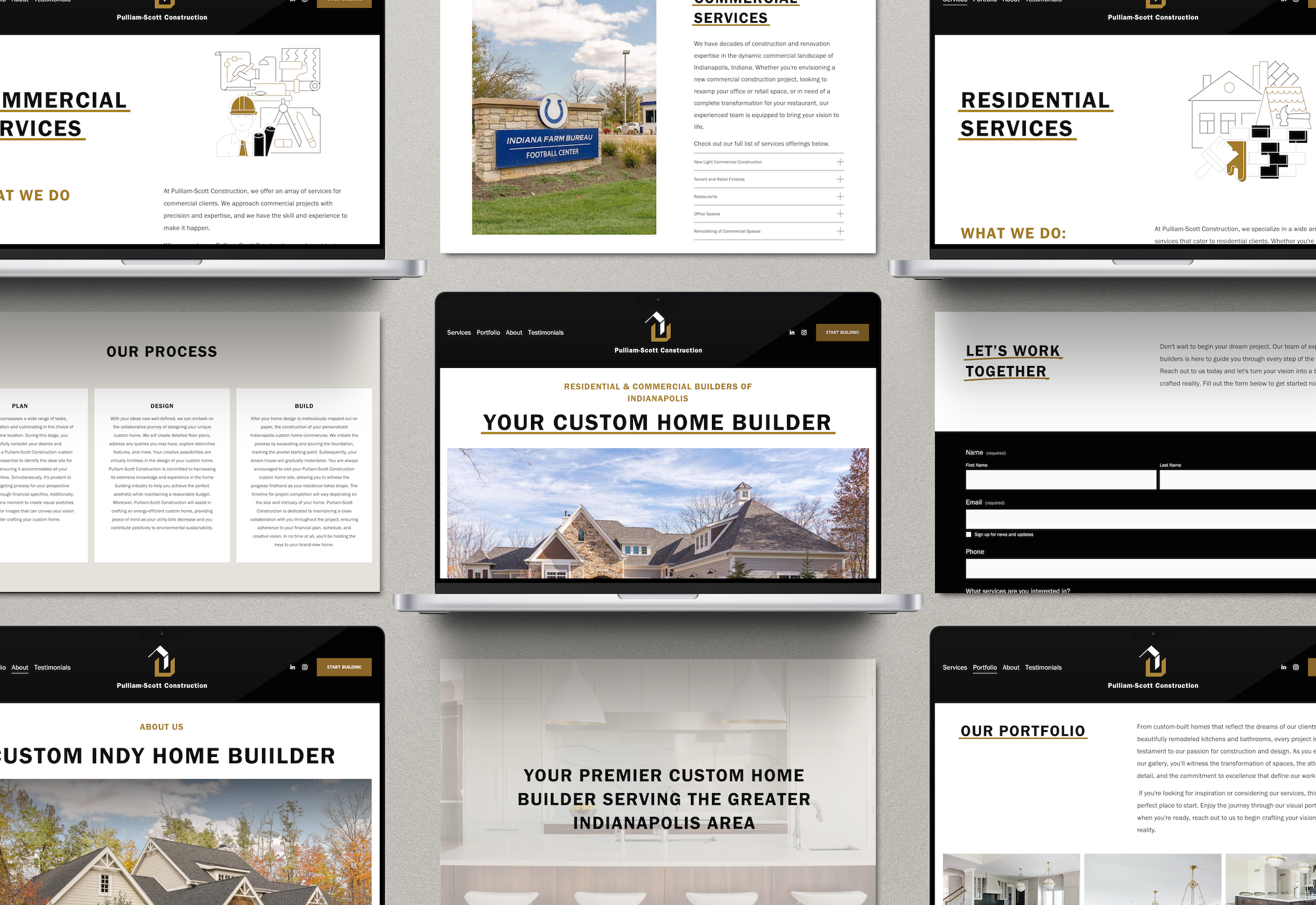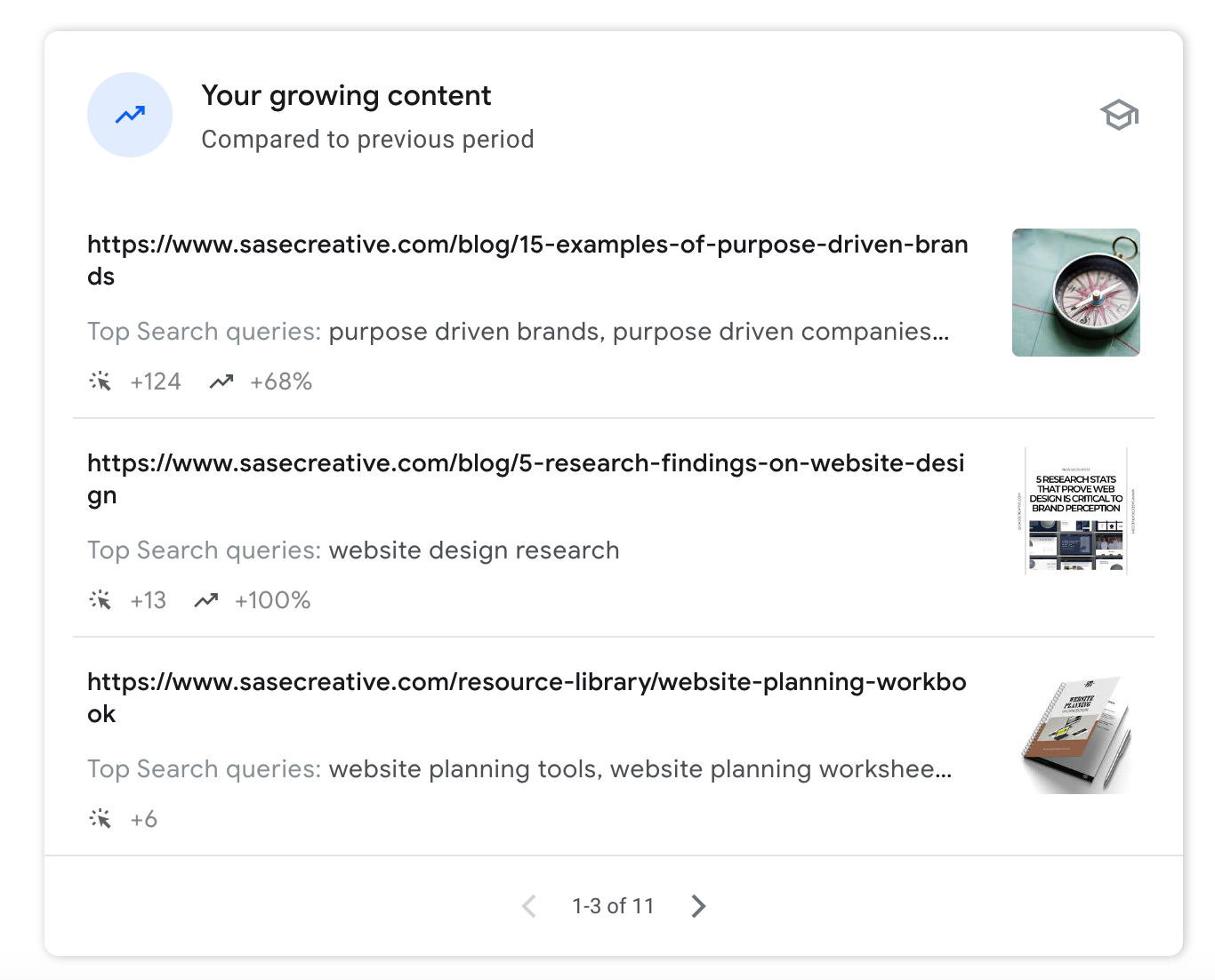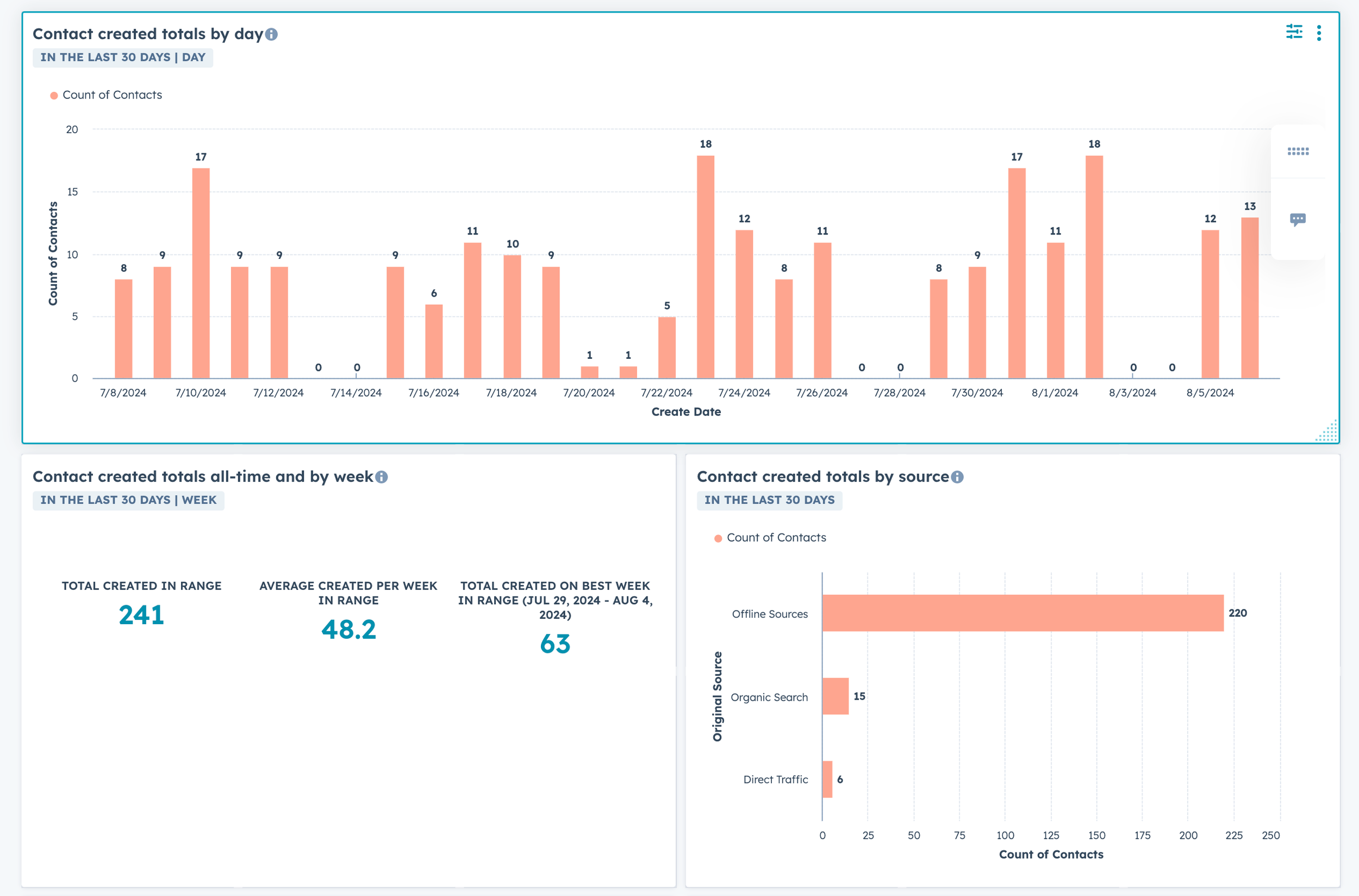5 reasons Why Your Website Isn't Reaching Its Potential
Creating a well-designed brand and website is an important achievement, but it doesn't guarantee that your target audience will automatically flock to it. Launching your website is just the initial step in a much larger process.
Think of your website as a living, breathing entity that requires constant attention and updates to stay relevant and effective. It's never truly complete. The most successful companies recognize this and continuously use their websites as dynamic platforms to promote content that resonates with and engages their target audience. By consistently updating and refining their content, these companies ensure that their websites remain a valuable resource that attracts and retains visitors.
Below we have put together five common reasons why your website might not be reaching its full potential and what you can do to fix them:
1. Lack of Valuable Resources
Issue:
You don't have resources like a blog, podcast, videos, or ebooks for your users.
Why It Matters:
Valuable content is crucial for attracting and retaining visitors. Without resources that provide value, your audience has little reason to find, visit or stay on your site. Creating blog posts might seem outdated to you, but if you’re not creating new web pages on your website, you’re missing out on the search traffic that blog posts bring.
Solution:
Create a content strategy that includes a mix of blog posts, podcasts, case studies, and videos. You can start with one blog post a month if that’s all you can reasonably do. Regularly update your content to keep it fresh and relevant. Consider what your audience's needs and interests are, then tailor your content to meet those demands.
For our website, we see a lot of traffic from our blog posts that were posted over one year ago. Search engines use keywords from your resources to serve up content suggestions to users. It takes time, but blog posts are a great way to drive more traffic to your website.
2. Ignoring Web Analytics
Issue:
You don’t analyze your web analytics and make data-informed changes.
Why It Matters:
You might think your website is perfect when you first launch it, but good brands analyze the data on their website and make changes accordingly. Web analytics provide insights into how visitors interact with your site, what content they engage with, and where they drop off. Without analyzing this data, you’re flying blind and missing opportunities to make your website better.
Solution:
Regularly review your web analytics to understand user behavior. Identify trends and areas for improvement. Use this data to make informed decisions about content, design, and functionality. Tools like Google Analytics can be invaluable for this purpose.
3. Limited Conversion Opportunities
Issue:
Your contact page is the only way a user can convert.
Why It Matters:
Relying solely on a contact page for conversions is limiting. Not all users are ready to contact you. Some users are just looking for resources that prove you're an expert in your field. Users need multiple opportunities and touchpoints to engage and convert.
Solution:
Develop content such as ebooks, calculators, newsletter subscriptions, webinars, and events. You should have diverse conversion points throughout your website. Add call-to-action (CTA) buttons throughout your site, such as in blog posts, on product pages, and within downloadable resources. Offer various ways for users to engage, such as signing up for a newsletter, downloading an ebook, or scheduling a demo.
Here’s a look at a HubSpot dashboard for one of our clients. You can see that users are converting into contacts daily because this website has multiple ways for users to convert such as downloading white papers or setting up meetings with sales professionals. If you can’t include HubSpot in your budget, you also can use free tools like Google Analytics.
4. Insufficient Traffic Generation
Issue:
You don’t drive traffic to your website through social media, email marketing, and other avenues.
Why It Matters:
Even the best website won't perform if no one knows about it. Driving traffic to your site is essential for growth. You shouldn’t assume that because you posted once about your website, your whole network has now seen your website.
Solution:
Develop a comprehensive marketing strategy to drive traffic to your website. Utilize social media platforms to share your content and engage with your audience. Implement email marketing campaigns to keep your audience informed and bring them back to your site. Explore other avenues like paid advertising, influencer partnerships, and SEO optimization to increase your website’s visibility.
Here are some social graphics we designed for Stand Up Indiana, who does a great job at engaging new users on social media with interesting content and resources.
5. Poor User Experience (UX)
Issue:
Your website is difficult to navigate, slow to load, or not mobile-friendly.
Why It Matters:
A poor user experience can drive visitors away, increasing your bounce rate and reducing conversions. You might think that you’ve designed an easy user experience on your website, but your web analytics can show places where your website isn’t performing well.
Solution:
Ensure your website is easy to navigate with a clear, logical structure. Optimize your site for speed by compressing images, minimizing code, and using a reliable hosting service. Make sure your site is mobile-friendly, as an increasing number of users access websites on their phones and tablets.
Conclusion
Building a website is just the beginning of your digital journey. To ensure it works effectively and reaches your target audience, it's crucial to view your website as an evolving platform rather than a finished product. This means continuously providing valuable, relevant content that meets the needs and interests of your visitors. Regularly analyzing your web analytics to understand user behavior and making data-informed adjustments is essential for keeping your site optimized. Additionally, offering multiple conversion opportunities throughout your site will help guide visitors toward taking the desired actions, whether it's subscribing to a newsletter, downloading a resource, or making a purchase.
Driving traffic to your website through various marketing channels such as social media, email campaigns, and SEO is equally important. Enhancing user experience by ensuring your site is easy to navigate, fast-loading, and mobile-friendly will keep visitors engaged and reduce bounce rates. Regularly updating your design and content will keep your site looking fresh and professional. By addressing these common pitfalls, you can transform your website into a powerful tool that not only attracts visitors but also converts them into loyal customers, ultimately contributing to the growth and success of your business.
Need some help with your website? We have a few resources to help:
1. Download our Website Planning Workbook:
Our website planning workbook steps you through planning a website redesign project. Use this workbook to plan your content, structure, and details of your website redesign. Download the workbook by clicking the button below.
2. Website Cost Calculator:
Not sure how much your website redesign project might cost? Or maybe you need to verify a website quote you got from another vendor. Our Website Cost Calculator helps users like you understand what a new website will cost. Check out this resource by clicking the button below.
Need help with your existing website? We help companies optimize their existing website and even offer website audits so you can identify problems with your website then develop a plan to fix these issues. Get in touch with us today to learn more.




